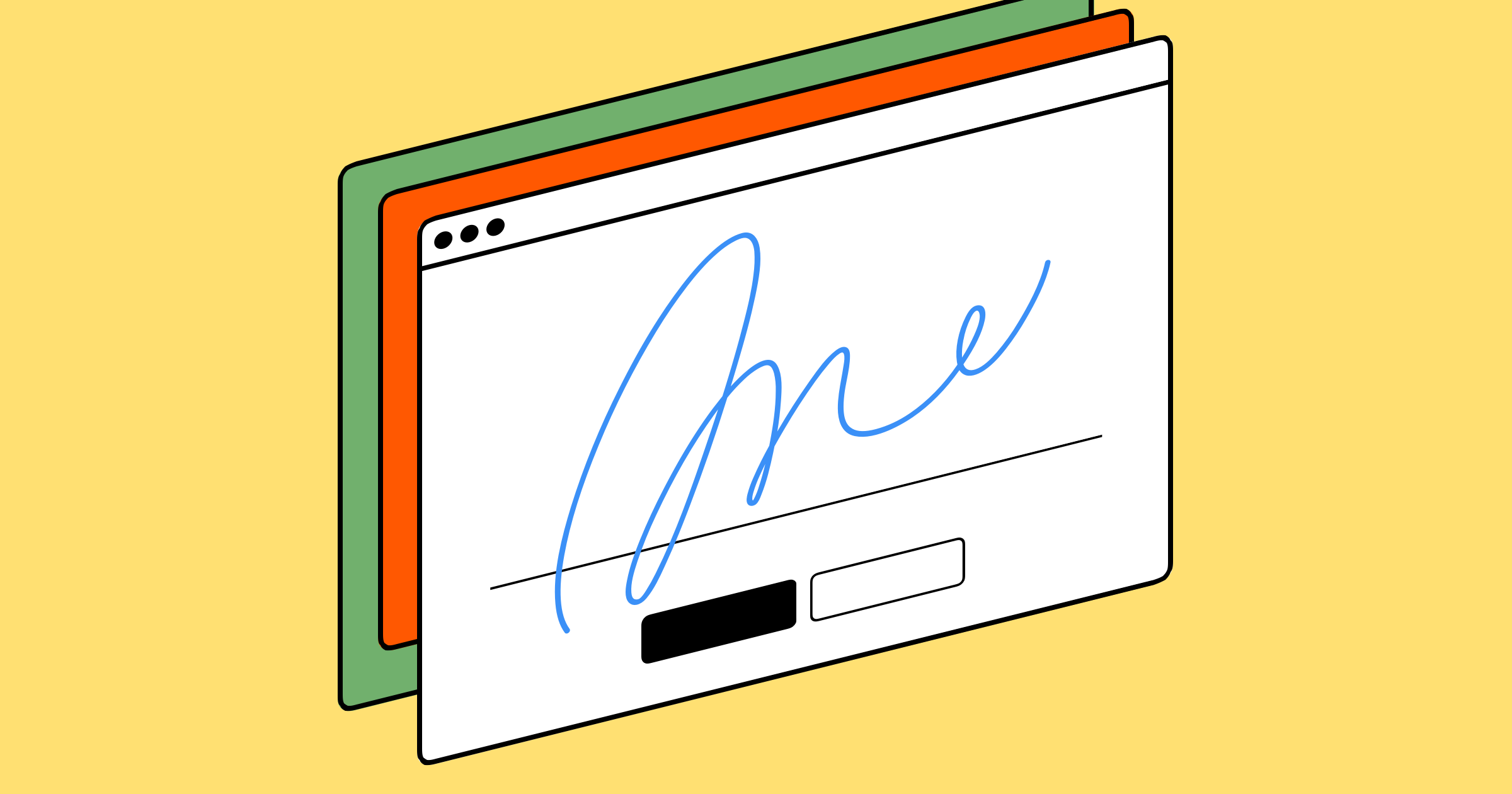

Yes, even if it’s dozens of pages of jargon, you need to ensure that you understand what you’re agreeing to.

So, while the added convenience is a perk, don’t take that to mean that you don’t need to read the entirety of the document you’re signing. But, considering the fact that most platforms will require you to consent to do business electronically, that electronic or digital signature will be just as legally binding as any hard copy document you would have signed. In some ways, signing a document online feels far less formal than doing so on a hard copy. You know that-but, when you’re attempting to breeze your way through, slap your signature in the designated space, and then submit it, it can be easy to forget. In any scenario, you never want to sign your name on a document until you’ve read it in its entirety. Confirm Understanding of What You’re Signing Signing documents digitally or electronically seems like it can take a lot of pain out of the process, right? However, there are some important considerations you should make before jumping right in. What to Consider Before Signing Documents Online However, in some cases, a company or entity might require a digital signature to truly count that document as valid. In most personal use cases, you’ll only need an electronic signature-and, there are plenty of platforms that make that easy. In contrast, a digital signature if a bit more involved.ĭigital signatures “ cryptographically attach your identity to a document using a method that cannot be forged,” explains an article for Lifehacker. This could be represented by an image of a signature, a cursive font, or even a mouse-drawn signature.īy inserting some sort of representation of your signed name, you’re authorizing that document as binding-like it would be if you were to have used pen to actually sign your name there. In fact, they just involve a person’s electronic agreement to a document. However, many people aren’t aware that there actually is a pretty significant difference between these two different types of methods. You’ll hear the terms digital signature and electronic signature used interchangeably. Like the pen and paper method, a digital signature attaches the identity of the signer to the document and records a binding commitment to the document,Ĭompared to a handwritten signature, it is considered significantly more difficult to forge a digital signature, provided the keys used to create it are kept secure. Provided you’re using a true digital signature (as opposed to an electronic signature-we’ll talk more about the differences between those a little later!), your signature will use digital keys. Instead, you can quickly and painlessly provide a legal signature on a document with just a click or two of a button.Īnother great perk of digital signatures? There’s no printing or postage you need to worry about.

However, perhaps the biggest selling point of electronic signatures is their convenience. Let’s face it-printing out a document, signing it, and then either mailing, hand-delivering, or scanning it back to the intended recipient isn’t a broken way of doing things. Why You Want a Digital or Electronic Signature
How to create free digital signature how to#
Have no fear-we’re covering everything you need to know about how to electronically sign a document. Have you only ever signed a document the old-fashioned way and are feeling intimidated by the modern way of doing things? While plenty of people still use hard copies in order to sign their names on the dotted line, electronic methods for getting that ever-important signature will only continue to increase in popularity. When it comes to conveniently signing important documents, an electronic or digital signature is a must-have.


 0 kommentar(er)
0 kommentar(er)
